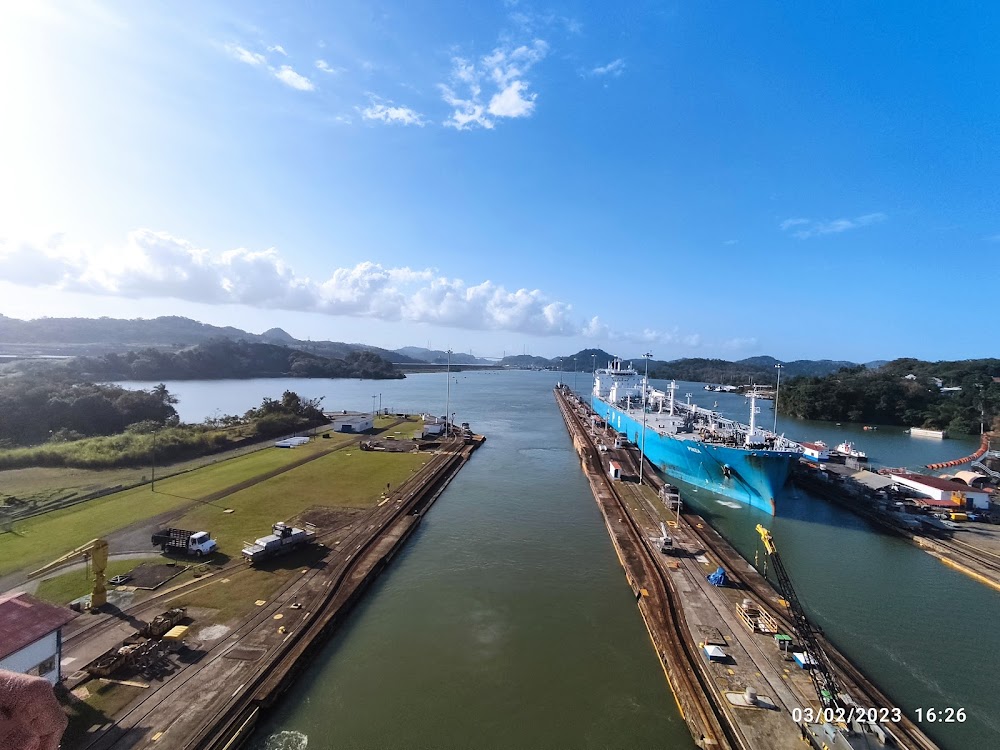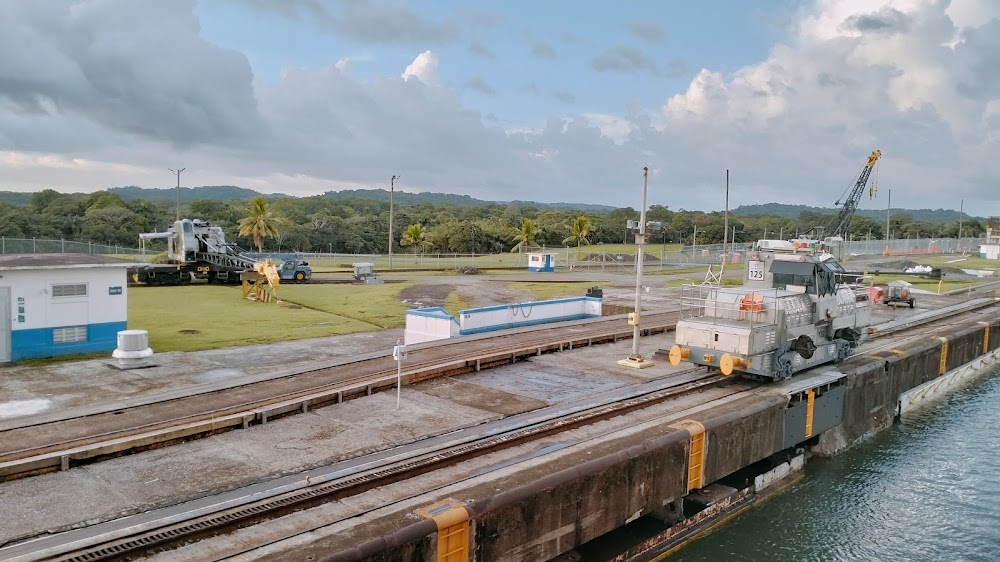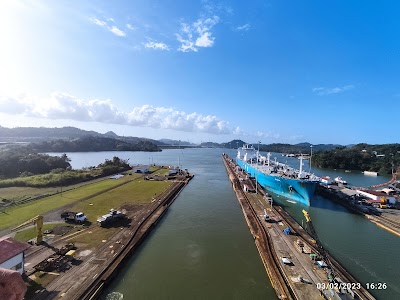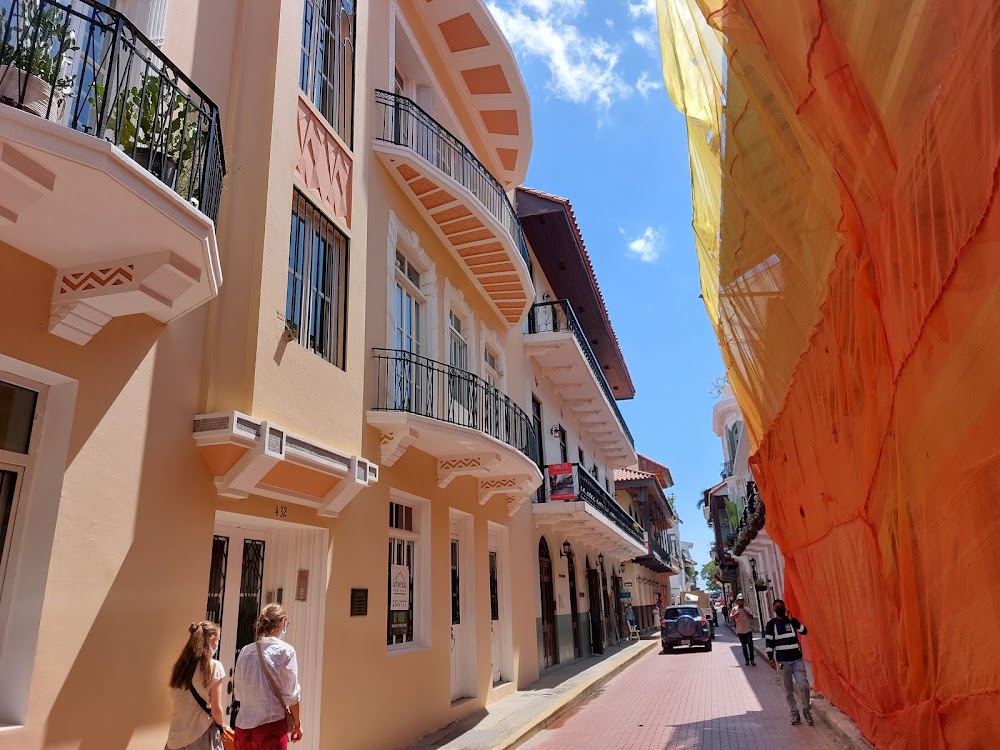Panama Canal (Canal de Panamá)
Overview
The Panama Canal, an iconic engineering marvel, serves as a vital waterway connecting the Atlantic and Pacific Oceans. Nestled within the country of Panama, the canal slices through the Isthmus of Panama, specifically in the province and city of Panamá. Its construction revolutionized global shipping by significantly shortening travel times for maritime trade, allowing vessels to bypass the treacherous and lengthy journey around the southern tip of South America via the Strait of Magellan or Cape Horn.
The concept of constructing a canal to link the two oceans dates back centuries, with early proposals emerging in the 16th century. However, it wasn't until the late 19th century that serious construction efforts began. The French, spearheaded by Ferdinand de Lesseps—who had successfully overseen the Suez Canal's construction—initiated work in 1881. Unfortunately, the French endeavor was fraught with challenges, including a tropical climate, rampant diseases like malaria and yellow fever, and engineering miscalculations. These obstacles ultimately led to the project’s failure in 1889, claiming the lives of approximately 22,000 workers.
In 1904, the United States took over the project under the leadership of President Theodore Roosevelt, determined to succeed where the French had faltered. An essential first step was addressing the health crises impacting workers. Dr. William Gorgas led an extensive sanitation campaign targeting mosquitoes, which significantly reduced the incidence of malaria and yellow fever and dramatically improved worker safety and productivity.
The construction itself was a monumental engineering feat. The Americans revamped the French plans, shifting from a sea-level canal to a lock-system design that allowed ships to be raised and lowered through a series of locks. These critical structures—known as the Miraflores, Pedro Miguel, and Gatun locks—were impressive concrete constructs. Additionally, the creation of the artificial Gatun Lake involved damming the Chagres River, providing a crucial water source for the lock operations.
Innovative machinery played a pivotal role in the project, with giant steam shovels, railways, dredges, and massive concrete mixers becoming integral to daily operations. Laborers from around the globe, particularly from the Caribbean and Europe, contributed to the workforce. Despite facing challenges such as landslides and logistical hurdles, the construction continued through sheer persistence and ingenuity.
By 1914, a decade of intense labor involving over 75,000 workers and costing more than $350 million culminated in the completion of the Panama Canal. The first ship to transit the canal, the SS Ancon, made its historic journey on August 15, 1914, marking a new era in maritime navigation.
The canal stretches approximately 50 miles (80 kilometers) from its Atlantic entrance near Colón to its Pacific entrance near Panamá City. The journey through the canal typically takes around 8 to 10 hours for ships, offering a stark contrast to the weeks required for a maritime detour around South America.
In the ensuing decades, the canal underwent various upgrades to accommodate increasing maritime traffic and larger vessels. One of the most significant expansions, known as the Panama Canal Expansion or "The Third Set of Locks" project, was completed in 2016. This expansion added a new lane of locks, enabling the transit of "New Panamax" ships, which are considerably larger than the original Panamax vessels.
Initially, the operation and management of the canal were under U.S. control. However, this changed with the Panama Canal Treaties signed in 1977 by U.S. President Jimmy Carter and Panama's leader Omar Torrijos. The gradual transfer of control culminated on December 31, 1999, when full control of the canal was handed over to Panama.
Today, the Panama Canal remains a crucial artery for global trade, with thousands of ships passing through annually. It stands as a testament to human ingenuity and determination while also representing a significant element of Panama's national pride and economic infrastructure.







